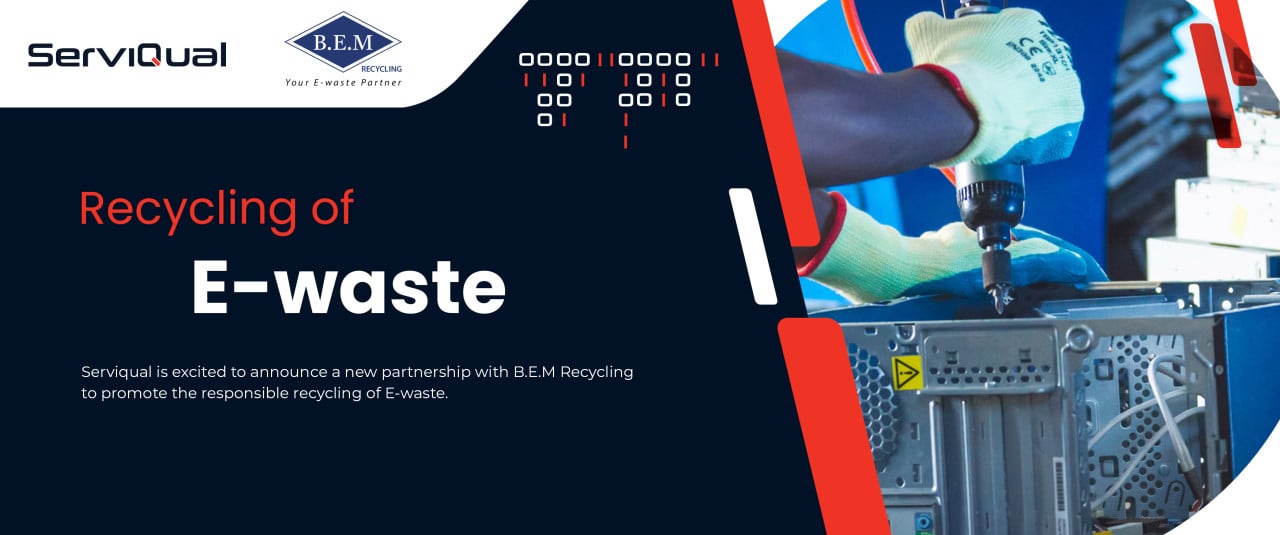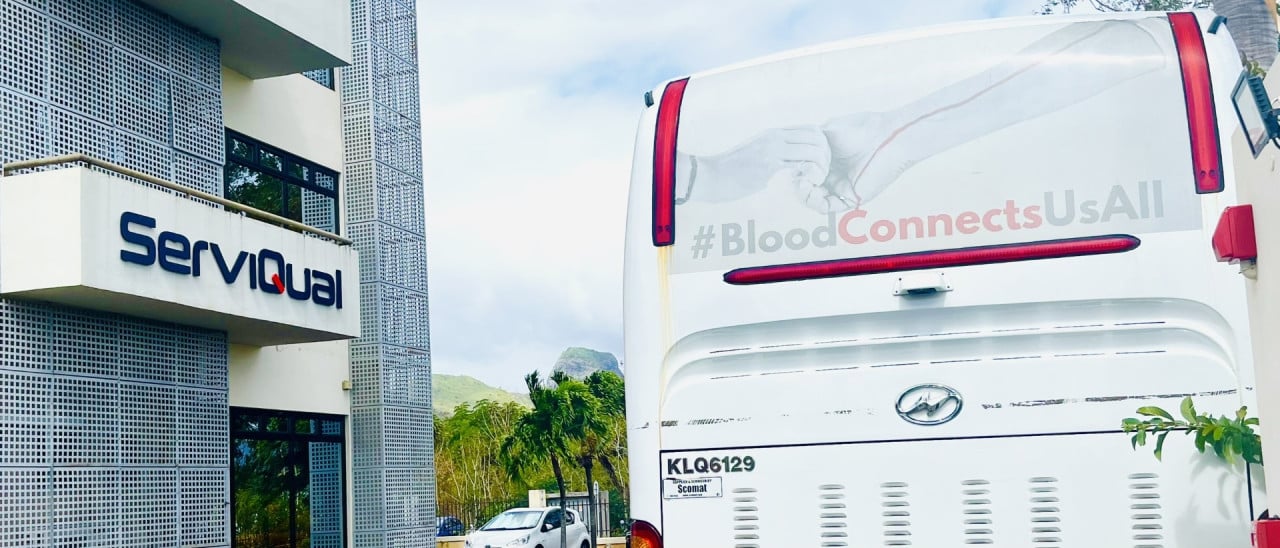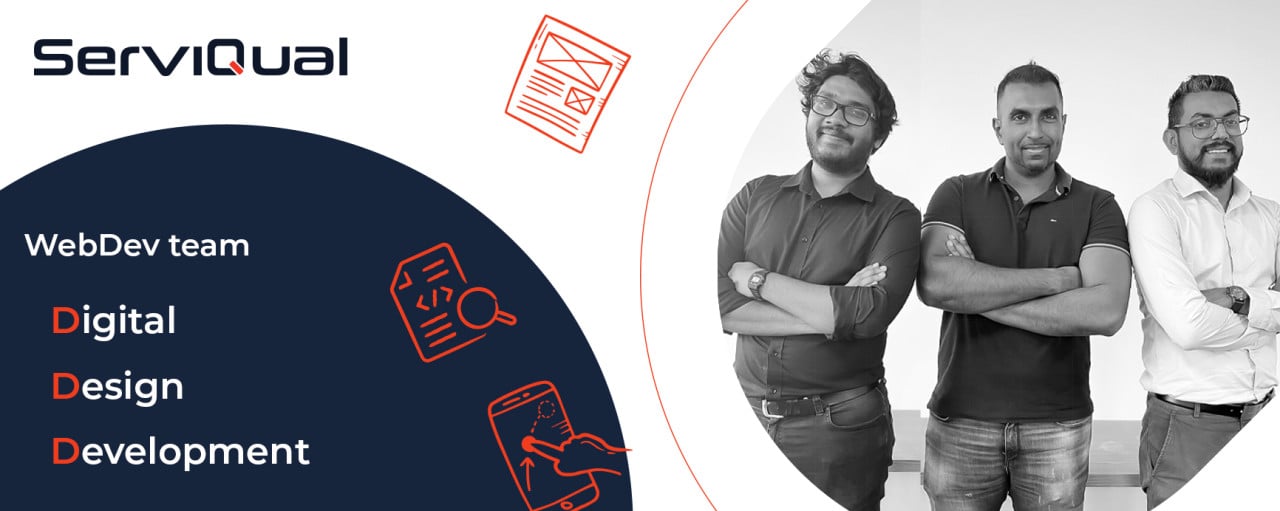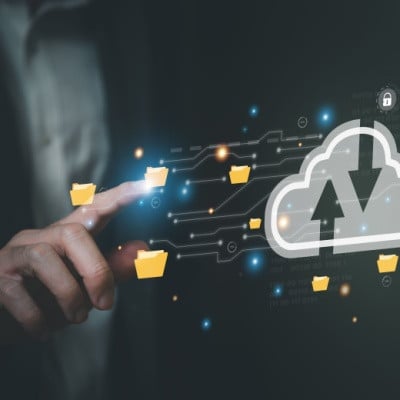
In today’s fast-paced digital world, data is the backbone of every business. The risk of data loss, whether through accidental deletion, ransomware attacks, or system failures, can cripple operations. That’s where Keepit steps in—a comprehensive SaaS backup solution designed to ensure your critical SaaS data is always safe, secure, and recoverable.
What is Keepit?
Keepit is a powerful SaaS backup solution designed to protect your business data in the cloud. With seamless integration for platforms such as Microsoft 365, Google Workspace, and other cloud-based services, Keepit ensures your business data is continuously backed up and easily recoverable in the event of accidental loss or a cyberattack.
Here’s what Keepit offers:
- Cloud-Based Backup: Automatically backs up data from popular SaaS platformssuch as Microsoft 365, Google Workspace, Salesforce, etc. Your critical data issecurely stored and easily accessible when needed.
- Data Recovery: In the event of accidental deletion, ransomware, or systemcrashes, Keepit provides reliable, fast recovery of your data to minimize downtime.
- Ransomware Protection: Keepit shields your cloud data from malicious attacksby ensuring copies of your information are safely stored and easily restored.
- Automatic Backups: Keepit runs in the background, automatically backing upyour data without interrupting your daily operations.
- Data Encryption & Secure Storage: All backups are encrypted both in transit andat rest, ensuring that only authorized personnel have access to your businesscritical data
Why Use Keepit in the Current Context?
As businesses continue to adopt cloud-based services, the need for a secure, reliable backup solution is more important than ever. Data loss can happen in many ways— human error, malicious attacks, or technical failures—and more than 60% of businesses that lose their data shut down within six months.
Keepit addresses these challenges by providing continuous protection for your SaaS data, ensuring that even in the face of an unexpected event, your business data remains intact and quickly recoverable. In today’s environment, having a robust backup solution like Keepit is crucial to maintaining business continuity.
Companies That Trust Keepit
Many companies across industries such as finance, healthcare, and retail have implemented Keepit to safeguard their data. Whether protecting customer information, financial records, or sensitive intellectual property, these businesses trust Keepit to ensure that their critical cloud-based data is never at risk.
With Keepit, they can recover from data loss incidents swiftly, ensuring minimal disruption to their operations and maintaining trust with their clients.
How Easy Is It to Use & Implement Keepit?
Keepit is designed to be simple and intuitive. Setting up Keepit is fast and integrates seamlessly into your existing cloud-based infrastructure, ensuring continuous protection without complicated configuration. The platform requires no extensive IT expertise and is user-friendly, allowing businesses of all sizes to secure their data with minimal effort.
With 24/7 support and automated backups, Keepit is a hassle-free solution that keeps your data protected around the clock.
Ready to Secure Your Business Data?
Don’t wait until it’s too late. Protect your data with Keepit today. For more information or to get started, reach out to us at or +230 260 4650.



















